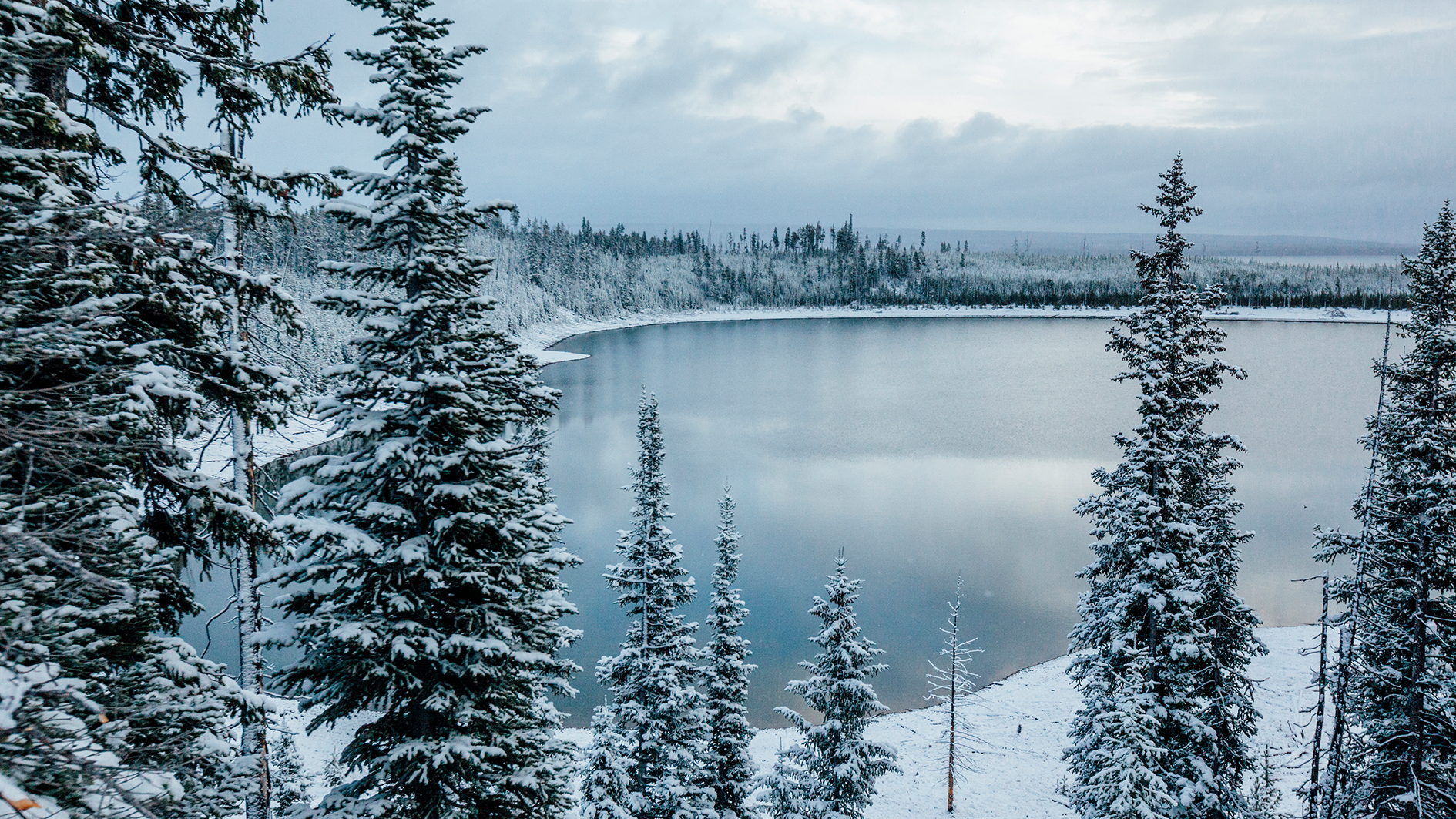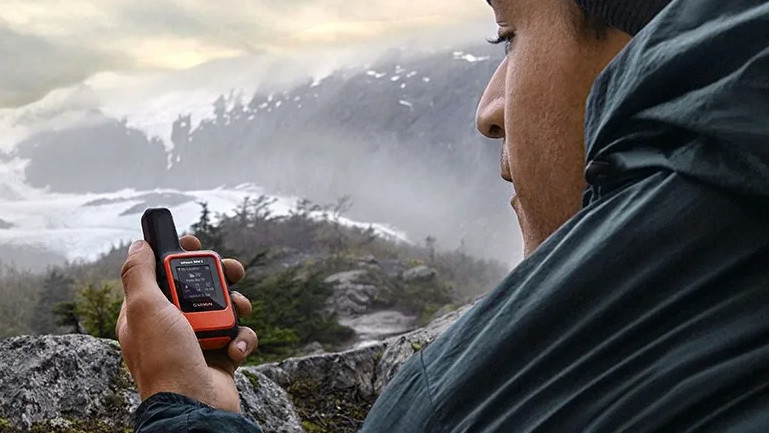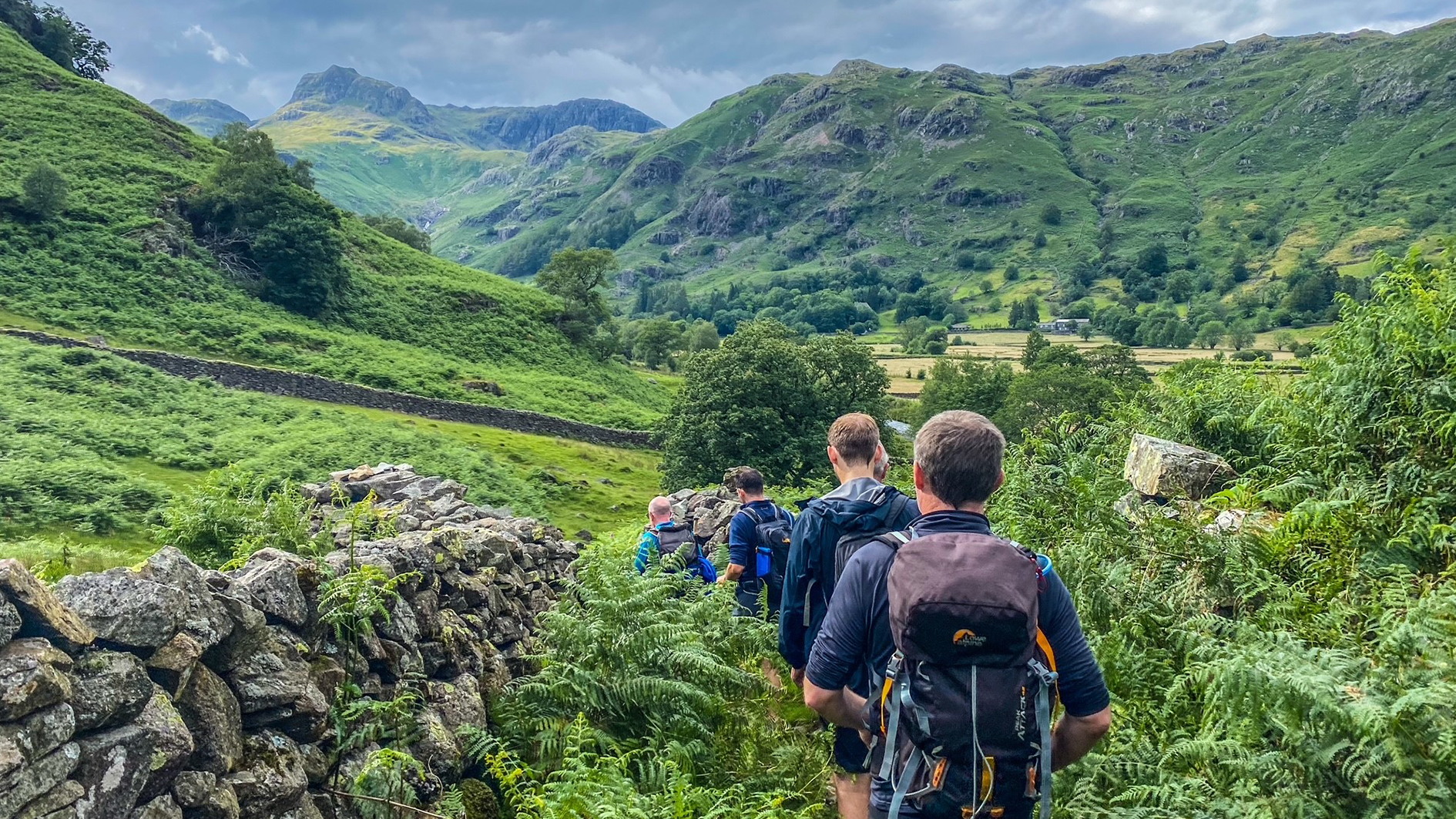Yellowstone got its first snowfall this week - here’s everything you need to be ready for winter hiking
Snow at Yellowstone can mean only one thing, it's time for some winter adventures! Prepare for your own chilly forays with these handy tips

Yellowstone National Park got its first snowfall of the season this weekend - a sure fire sign that winter is well and truly approaching. Visitors were surprised to see snowfall across the 3,472 square mile park, blanketing its iconic mountains and valleys.
With winter fast approaching, it’s crucial that hikers have all the right gear and information to continue braving the backcountry, safely and enjoyably in harsher weather. Here are our three key things to consider when preparing for a winter hike.
Appropriate footwear
The key to a good pair of winter hiking boots is versatility. Your chosen pair should be just as comfortable and secure tackling thick snow as they are on the odd sunny day on dry trails. This considered, picking the right pair for winter can be a tricky task.
Durability is a key factor. Taking on the winter weather, your boots are sure to go through the ringer, so picking a reliable pair, which will keep your feet warm and dry over the winter season is essential.
It’s also important to consider how much traction you’ll need. Most hiking boots feature sizable lugs to grip onto uneven surfaces. But if you're thinking of heading up mountains and negotiating thick snow and ice, it’s worth getting a pair with crampon compatibility.
In our guide to the best winter hiking boots, we rated the Scarpa Manta Tech GTX as our favorite winter hiking boot. A comfortable, protective option, these boots are often referred to as the ‘benchmark’ for winter hiking boots, and commonly worn by mountain rescue and other outdoor professionals.
Keeping warm and dry
Keeping warm in the backcountry is crucial to a safe and enjoyable hike. Depending on your location, you may have to layer up in order to stay toasty.
Best paired with a fleece or down jacket for additional warmth, the right waterproof jacket will keep you snug and dry on the wet, cold winter hikes. For the best insulation, we recommend the Mount Si Down Waterproof Parka from Columbia.
For milder climates, a lightweight softshell jacket can be sufficient for the winter months. Soft-shells are a reliable option on days you’re unlikely to face a deluge, but still want to keep warm. Warm and reliable options like the Montane Dyno LT are a great choice for chilly winter treks.
Alongside the right jacket, appropriate hiking pants, a snug pair of gloves and an insulating hiking hat are amongst the other items that can keep you warm on the winter trails.
For more recommendations on the best kit to keep you warm and dry this winter, check out our waterproof jacket and softshell jacket buying guides.
Taking precautions
The backcountry can be a treacherous place in all seasons, but many dangers are exacerbated in winter, when tougher conditions increase the likelihood of accidents and emergencies. So hikers should always consider the risks before hitting the winter trails.
Checking the weather forecast is non-negotiable. Check as close to your hike as possible, at the specific location you’ll be trekking through, not a nearby town or general area.
Ensure you have ample supplies for the journey ahead. If embarking on a particularly long trek, make sure you’re prepared with enough food, water and basic medical supplies to maintain your energy and stay safe.
In the event of an emergency, make sure you’re prepared with a way of contacting emergency services. The most reliable emergency tech are satellite communicators, which allow injured or lost hikers to send SOS signals and location details regardless of how remote their location is. The Garmin InReach messenger Plus, for example, allows users to send images and voice recordings from signal-less summits and call for help in remote locations.
This tech can be life saving. More than 10,000 people have called for emergency support using a Garmin InReach device in the past decade. Just last month, a Canadian hiker who had been mauled by a bear was rescued thanks to his InReach communicator.

For more on how to prepare for winter hiking, read our ‘7 tips for hitting the trails when the days get shorter’, and ‘9 common winter hiking mistakes you really want to avoid’.
- The best GPS watches 2024 tested by our experts
- The best winter hiking boots 2024 for unbeatable performance in the cold

Will Symons developed his love of the outdoors as a student, exploring every inch of Sussex’s South Downs national park and wild swimming off the Brighton seafront. Now a Staff Writer for Advnture, Will previously worked as a freelance journalist and writer, covering everything from cricket to ancient history. Like most Advnture staff, Will’s time is rarely spent indoors, he can often be found hiking, wild swimming or playing cricket.
